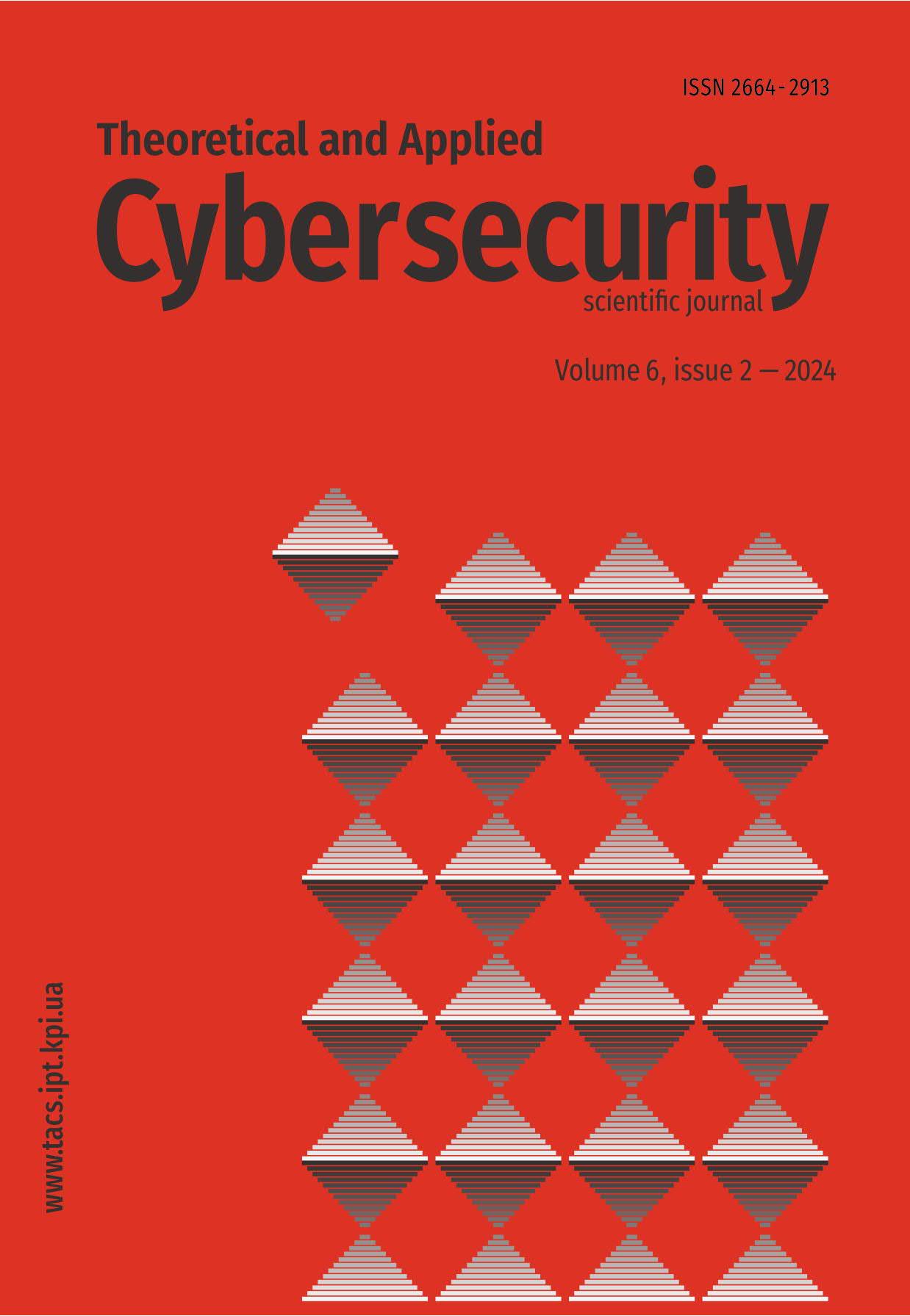Simulation of UAV networks on the battlefield, taking into account cyber- physical influences that affect availability
DOI:
https://doi.org/10.20535/tacs.2664-29132024.2.318182Abstract
The paper considers the types of countering means for unmanned aerial vehicles and the enemy's electronic warfare equipment used during the war in Ukraine. The types of cyber-physical influences that can be used to disrupt the availability of the network of unmanned aerial vehicles are addressed. The problem is also considered from the point of view of cybersecurity, taking into account possible harmful effects on the network of smart devices. Models based on complex networks, cellular automata and Petri nets are proposed, which allow solving the problem of optimizing the location of devices taking into account the set goal and countering cyber-physical attacks on availability and integrity. The proposed models differ from existing ones taking into account the conditions on the battlefield. A computational experiment has been performed that allows us to visualize the disposition of aircraft depending on the surrounding conditions on the battlefield. The results of the work can be used to develop a strategy for implementing operations of various types on the battlefield using UAVs.
Downloads
Published
Issue
Section
License
Authors who publish with this journal agree to the following terms:
Authors retain copyright and grant the journal right of first publication with the work simultaneously licensed under a Creative Commons Attribution License that allows others to share the work with an acknowledgement of the work's authorship and initial publication in this journal.
Authors are able to enter into separate, additional contractual arrangements for the non-exclusive distribution of the journal's published version of the work (e.g., post it to an institutional repository or publish it in a book), with an acknowledgement of its initial publication in this journal.
- Authors are permitted and encouraged to post their work online (e.g., in institutional repositories or on their website) prior to and during the submission process, as it can lead to productive exchanges, as well as earlier and greater citation of published work (See The Effect of Open Access).

